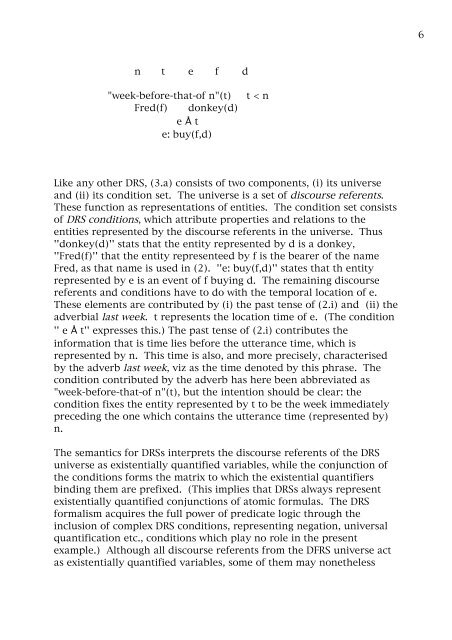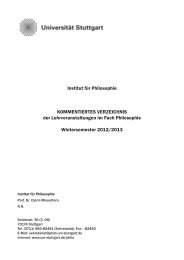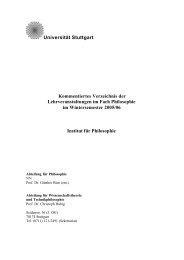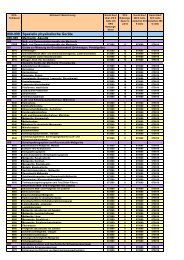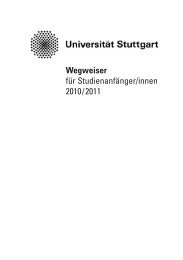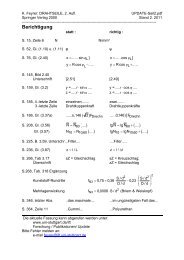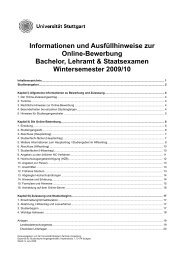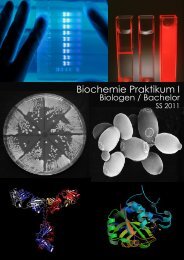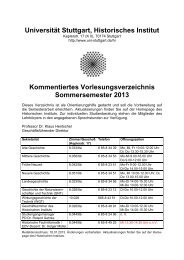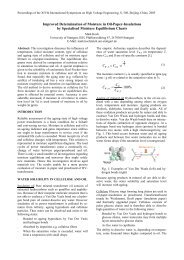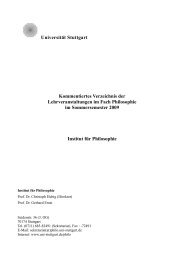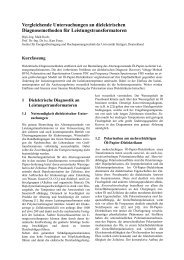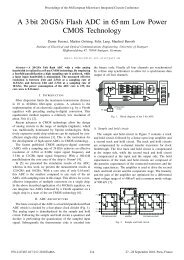Discourse Structure and the Structure of Context - Multiple Choices
Discourse Structure and the Structure of Context - Multiple Choices
Discourse Structure and the Structure of Context - Multiple Choices
Create successful ePaper yourself
Turn your PDF publications into a flip-book with our unique Google optimized e-Paper software.
6<br />
n t e f d<br />
"week-before-that-<strong>of</strong> n"(t)<br />
Fred(f) donkey(d)<br />
e Å t<br />
e: buy(f,d)<br />
t < n<br />
Like any o<strong>the</strong>r DRS, (3.a) consists <strong>of</strong> two components, (i) its universe<br />
<strong>and</strong> (ii) its condition set. The universe is a set <strong>of</strong> discourse referents.<br />
These function as representations <strong>of</strong> entities. The condition set consists<br />
<strong>of</strong> DRS conditions, which attribute properties <strong>and</strong> relations to <strong>the</strong><br />
entities represented by <strong>the</strong> discourse referents in <strong>the</strong> universe. Thus<br />
''donkey(d)'' stats that <strong>the</strong> entity represented by d is a donkey,<br />
''Fred(f)'' that <strong>the</strong> entity representeed by f is <strong>the</strong> bearer <strong>of</strong> <strong>the</strong> name<br />
Fred, as that name is used in (2). ''e: buy(f,d)'' states that th entity<br />
represented by e is an event <strong>of</strong> f buying d. The remaining discourse<br />
referents <strong>and</strong> conditions have to do with <strong>the</strong> temporal location <strong>of</strong> e.<br />
These elements are contributed by (i) <strong>the</strong> past tense <strong>of</strong> (2.i) <strong>and</strong> (ii) <strong>the</strong><br />
adverbial last week. t represents <strong>the</strong> location time <strong>of</strong> e. (The condition<br />
'' e Å t'' expresses this.) The past tense <strong>of</strong> (2.i) contributes <strong>the</strong><br />
information that is time lies before <strong>the</strong> utterance time, which is<br />
represented by n. This time is also, <strong>and</strong> more precisely, characterised<br />
by <strong>the</strong> adverb last week, viz as <strong>the</strong> time denoted by this phrase. The<br />
condition contributed by <strong>the</strong> adverb has here been abbreviated as<br />
"week-before-that-<strong>of</strong> n"(t), but <strong>the</strong> intention should be clear: <strong>the</strong><br />
condition fixes <strong>the</strong> entity represented by t to be <strong>the</strong> week immediately<br />
preceding <strong>the</strong> one which contains <strong>the</strong> utterance time (represented by)<br />
n.<br />
The semantics for DRSs interprets <strong>the</strong> discourse referents <strong>of</strong> <strong>the</strong> DRS<br />
universe as existentially quantified variables, while <strong>the</strong> conjunction <strong>of</strong><br />
<strong>the</strong> conditions forms <strong>the</strong> matrix to which <strong>the</strong> existential quantifiers<br />
binding <strong>the</strong>m are prefixed. (This implies that DRSs always represent<br />
existentially quantified conjunctions <strong>of</strong> atomic formulas. The DRS<br />
formalism acquires <strong>the</strong> full power <strong>of</strong> predicate logic through <strong>the</strong><br />
inclusion <strong>of</strong> complex DRS conditions, representing negation, universal<br />
quantification etc., conditions which play no role in <strong>the</strong> present<br />
example.) Although all discourse referents from <strong>the</strong> DFRS universe act<br />
as existentially quantified variables, some <strong>of</strong> <strong>the</strong>m may none<strong>the</strong>less


